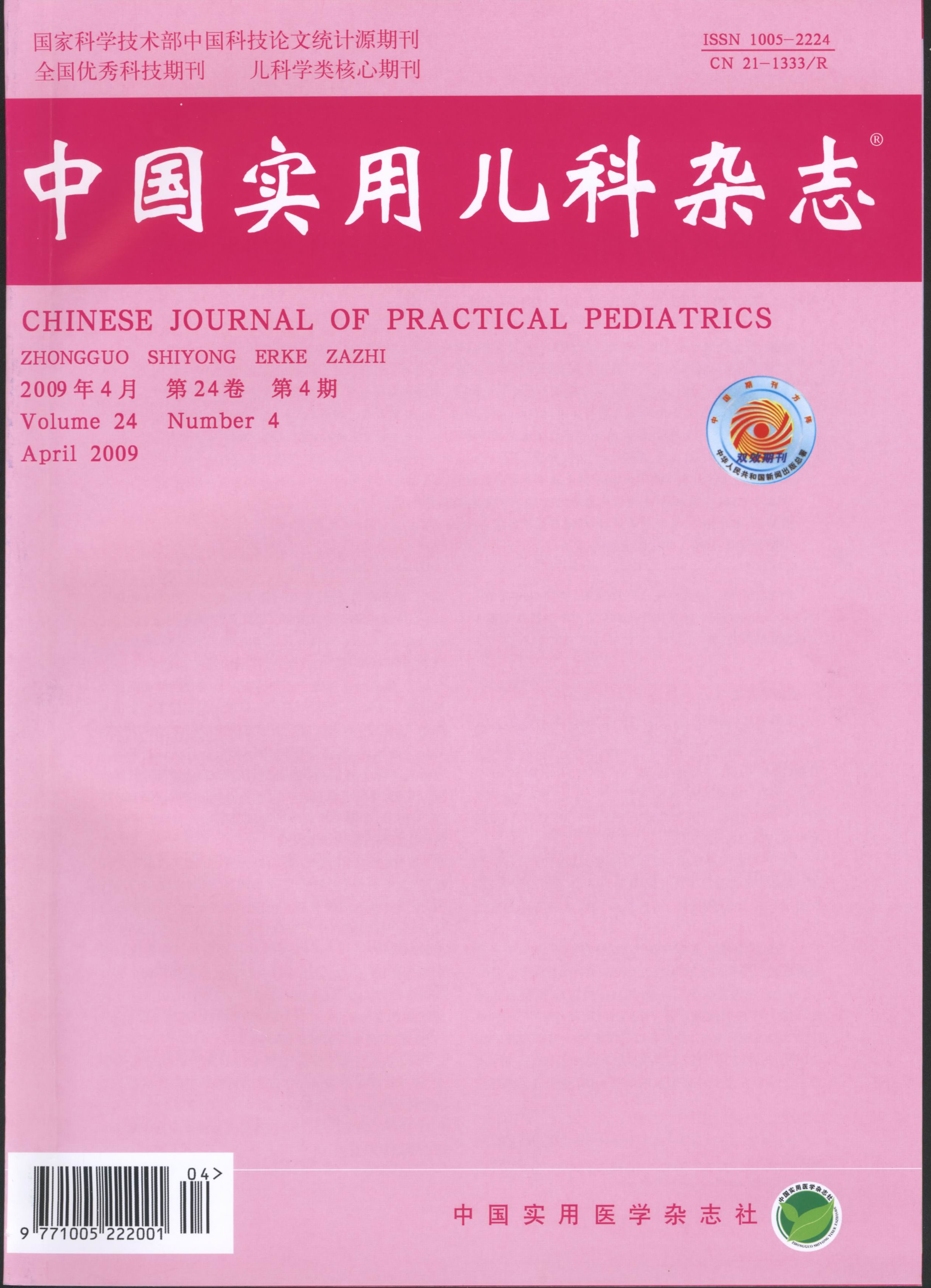Objective To report the first JAK3 deficiency patient in China and to have literature review. Methods On April 25,2011,the blood samples of 1 case of suspected SCID child,his parents and grandparents were detected with PCR amplification and sequencing of JAK3 gene, single nucleotide polymorphism(SNPs) and TCRVβ analysis in Children’s Hospital of Chongqing Medical University. Results The mutation of this patient was a compound heterozygous mutation,both alleles being missense mutations. One allele (1308G>A:R403H) was located in the eighth exon of JAK3,which came from her father, the other (3354G>A:R1085Q) located in the twenty-third exon of JAK3,which came from her mother.Her parents and grandmother were carries.We confirmed these mutations were disease-caused mutations not SNPs by sequencing the 9th and 24th exon of JAK3 gene of twenty common people. Unfortunately,we failed to detect The TCRVβ of this patient because of the limited number of circulating T cells. Up to 2007,thirty mutations and thirty-five patients had been registered for JAK3 deficiency in JAK3base. Their immunophenotype was uniformly T-B+NK-SCID,but the clinical phenotype of them varied from classical SCID to almost normal immune function. Conclusion JAK3 deficiency is a rare autosomal recessive severe combined immunodeficiency disease (SCID),characterized by recurrent bacteria and virus infection,absence of T and NK cells but normal number of poorly functioning B cells in the peripheral blood. The diagnosis depends on stat5 phosphorylation,sequencing of JAK3 gene and detect the JAK3 protein by western blot or flow cytometry, when JAK3 deficiency is suspected. The most effective treatment for JAK3 deficiency is hematopoietic stem cell transplantation (HSCT),and patients who don’t receive HSCT will usually die in infancy.

